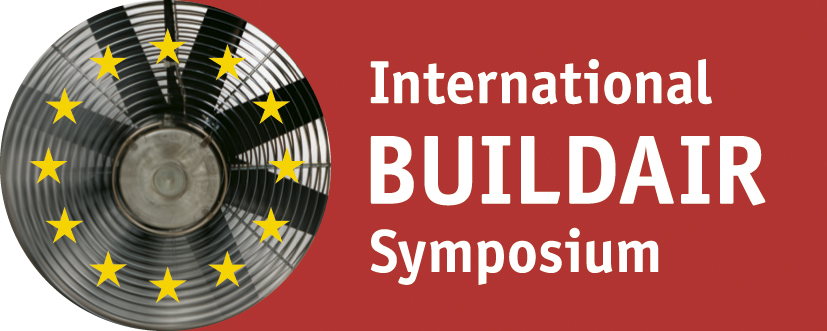High standards of airtightness for building envelopes protect occupants against common outdoor air pollutants - especially pollen and mildew spores that occur seasonally in high concentrations and can penetrate indoor spaces. For nitrogen dioxide and ozone, too, for which there are spatial and temporal concentration peaks, airtightness can achieve significant protective effects for indoor spaces. With regard to outdoor air-influenced indoor particulate pollution, lesser but still significant effects can be achieved with an airtight building envelope. For all the pollutants mentioned, and particulates above all, it must be noted that the data basis for I/O ratios as a function of the airtightness of buildings is dubious, and specific investigations must still be pursued. An airtight building envelope may never be allowed to deprive occupants of sufficient ventilation. Adhering to the Pettenkofer value of 1,000 ppm usually guarantees adequate extraction of humidity released in the indoor space and reduces the risk of infection. Emissions that are not directly attributable to people and their activities should in future be minimised.
The influence of an airtight building envelope on indoor air quality

Year:
2008
Bibliographic info:
3rd European Blower Door Symposium, 30-31 May 2008, Kassel, Germany




